International
European leaders call for an end to the war in Gaza after the death of Hamas leader Yahya Sinwar
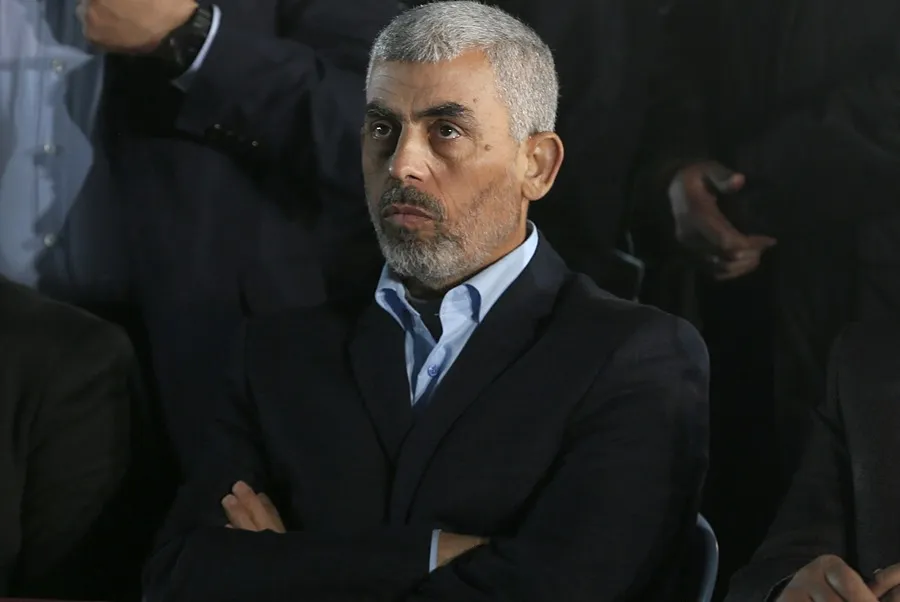
The President of France, Emmanuel Macron, said on Thursday that the death in an Israeli operation of the leader of Hamas in Gaza, Yahya Sinwar, is a “turning point” of the war, which should lead to the release of all hostages and the end of the conflict.
“This day is a turning point in addition to a military success for Israel. This opportunity must be taken so that all hostages are released and to finally stop this war,” he said at a press conference after the summit of EU heads of state and government.
Macron thus defended “ending military activities” and called for “accepting a ceasefire in Gaza” and “opening a political perspective for Israelis and Palestinians.”
Israel’s guarantees for the security of Palestine
The French president also stressed that “after the end of the war in Gaza, Israel will have to be given guarantees for its security” and also defended the need to “reform the Palestinian Authority” and “move towards the two-state solution.”
“An immediate ceasefire is necessary, urgently multiplying humanitarian operations, which are still at their lowest point, and moving forward to stop the violence perpetrated by settlers against Palestinians in the West Bank,” he added.
Born in a refugee camp in Jan Yunis, a city in southern Gaza, Sinwar was elected leader of Hamas in Gaza in 2017 after arbilling a reputation as a bitter enemy of Israel and on August 6 – after the murder in Tehran of the then head of the political bureau, Ismail Haniyeh – he was chosen to occupy the highest position in the organization chart of the Islamist group.
He represented the hardest and most belligerent line of the group and is considered by Israel the mastermind of the attacks of October 7 against Israeli territory in which some 1,200 people died and another 250 were taken hostage, which made him the most wanted man by Israel.
Borrell: Sinwar was “an obstacle” to the ceasefire
For his part, the high representative of the European Union (EU) for Foreign Policy, Josep Borrell, said on Thursday that the leader of Hamas, Yahya Sinwar, who was killed on Wednesday in an Israeli operation, was “an obstacle” on the way to the “urgently needed ceasefire and the release of all hostages.”
“He was a terrorist on the European Union list responsible for the horrible attack of October 7 (2023). Violence must be stopped, hostages must be released and the suffering of Palestinians must be stopped,” Borrell said in a message in X.
In the same vein, the Italian Prime Minister, Giorgia Meloni, said that after the death of the leader of Hamas “a new phase has to begin.”
“It is time for all hostages to be released, for the ceasefire to be proclaimed immediately and for the reconstruction of Gaza to begin,” the president said,” the Italian leader continued.
Regarding Sinwar’s death, German Chancellor Olaf Scholz said that the attack of October 7 last year “was horrible and inhuman” and that “someone who is militarily responsible for Hamas’ activity, of horrible crimes, has lost his life.”
Von der Leyen says that this coup weakens Hamas
In the opinion of the President of the European Commission, Ursula Von der Leyen, the death of the top leader of Hamas “significantly weakens” the organization.
“Sinwar was the leader of a terrorist organization, the terrorist organization of Hamas and was basically the brain behind (the attack) of October 7 with the deaths, massacres, rapes and kidnappings. His death certainly weakens Hamas significantly,” Von der Leyen said at the press conference after the European summit held today in Brussels.
The acting Belgian Prime Minister, Alexander De Croo, said that “it is very difficult to understand what Israel’s goal is” in the war. “We see that they are able to eliminate targets in an almost surgical way, but not every time, because there are already 42,000 dead in Gaza” and he said he was “perplexed.”
After more than a year of war in Gaza, Israel killed Sinwar yesterday in a military operation in the Rafah area, in the southern Strip, the country’s authorities confirmed today.
Apart from the death of the Hamas leader, European leaders approved some conclusions in which they were “deeply alarmed by the dramatic military escalation in the Middle East” and called for an “immediate ceasefire,” both in Gaza and in Lebanon.
European leaders call for an end to the war
They also condemned Israel’s attacks on the United Nations Interim Force in Lebanon (UNFIN) in Lebanon and noted that “all actors have an obligation to take the necessary measures to ensure the safety of United Nations personnel.”
At the same time, the EU insisted that Israel “has the right to defend itself,” but that “international law must be respected.”
They also condemned “in the most energetic terms” Iran’s attacks on Israel on October 1 and its actions to “destabilize the East through the Middle East, through terrorist and armed groups, including the Houthi, Hezbulah and Hamas rebels.”
European leaders insisted on their call for the release of living Israeli hostages, as well as the entry of humanitarian aid into Gaza and Lebanon.
Although not included in the conclusions, Spain and Ireland insisted on the need for the EU to verify whether Israel is fulfilling its humanitarian obligations under the partnership agreement.
International
U.S. and Mexico Reach Deal to Address Water Deficit Under 1944 Treaty

The United States and Mexico have reached an agreement to comply with current water obligations affecting U.S. farmers and ranchers and for Mexico to cover its water deficit to Texas under the 1944 Water Treaty, the U.S. Department of Agriculture said in a statement.
The department уточified that the agreement applies to both the current cycle and the water deficit from the previous cycle.
On Monday, U.S. President Donald Trump accused Mexico of failing to comply with the water-sharing treaty between the two countries, which requires the United States to deliver 1.85 billion cubic meters of water from the Colorado River, while Mexico must supply 432 million cubic meters from the Rio Grande.
Mexico is behind on its commitments. According to Washington, the country has accumulated a deficit of more than one billion cubic meters of water over the past five years.
“This violation is severely harming our beautiful crops and our livestock in Texas,” Trump wrote on Monday.
The Department of Agriculture said on Friday that Mexico had agreed to supply 250 million cubic meters of water starting next week and to work toward closing the shortfall.
Agriculture Secretary Brooke Rollins, quoted in the statement, said Mexico delivered more water in a single year than it had over the previous four years combined.
Trump has said that if Mexico continues to fall short of its obligations, the United States reserves the right to impose 5% tariffs on imported Mexican products.
Mexico’s Deputy Foreign Minister for North America, Roberto Velasco, said that a severe drought in 2022 and 2023prevented the country from meeting its commitments.
International
Several people shot in attack on Brown University campus
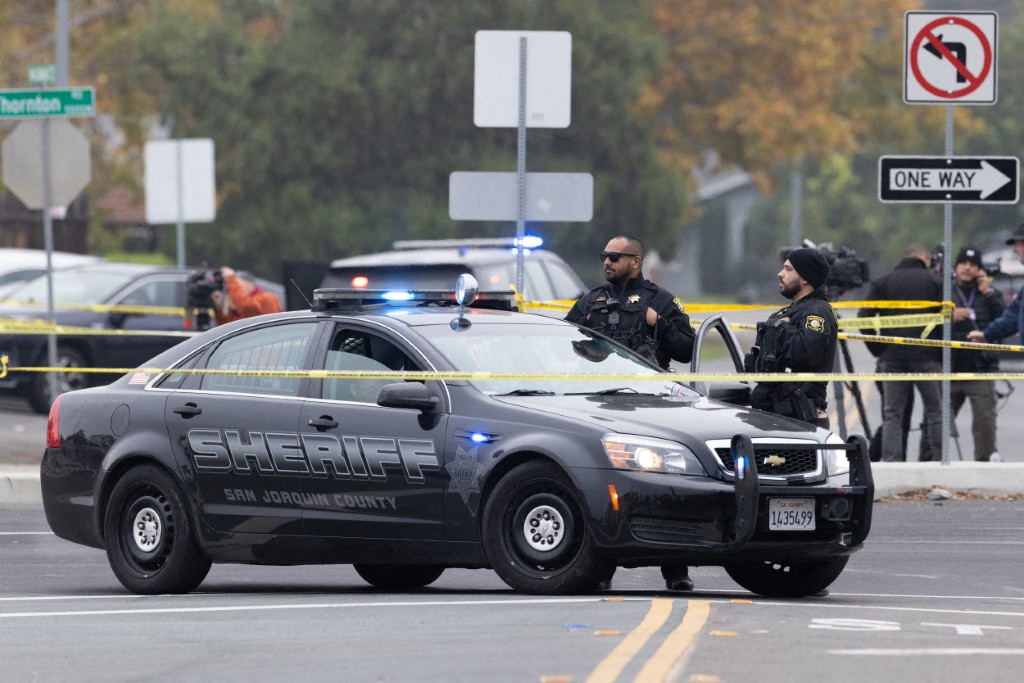
Several people were shot on Saturday in an attack on the campus of Brown University, in the northeastern United States, local police reported.
“Shelter in place and avoid the area until further notice,” the Providence Police Department urged in a post on X. Brown University is located in Providence, the capital of the state of Rhode Island.
U.S. President Donald Trump said on his social media platform Truth Social that he had been briefed on the situation and that the FBI was on the scene.
At 5:52 p.m. local time (11:52 p.m. GMT), Brown University said the situation was still “ongoing” and instructed students to remain sheltered until further notice.
After initially stating that the suspect had been taken into custody, Trump later posted a second message clarifying that local police had walked back that information. “The suspect has NOT been apprehended,” the U.S. president said.
International
Colombia says it would not reject Maduro asylum request as regional tensions escalate
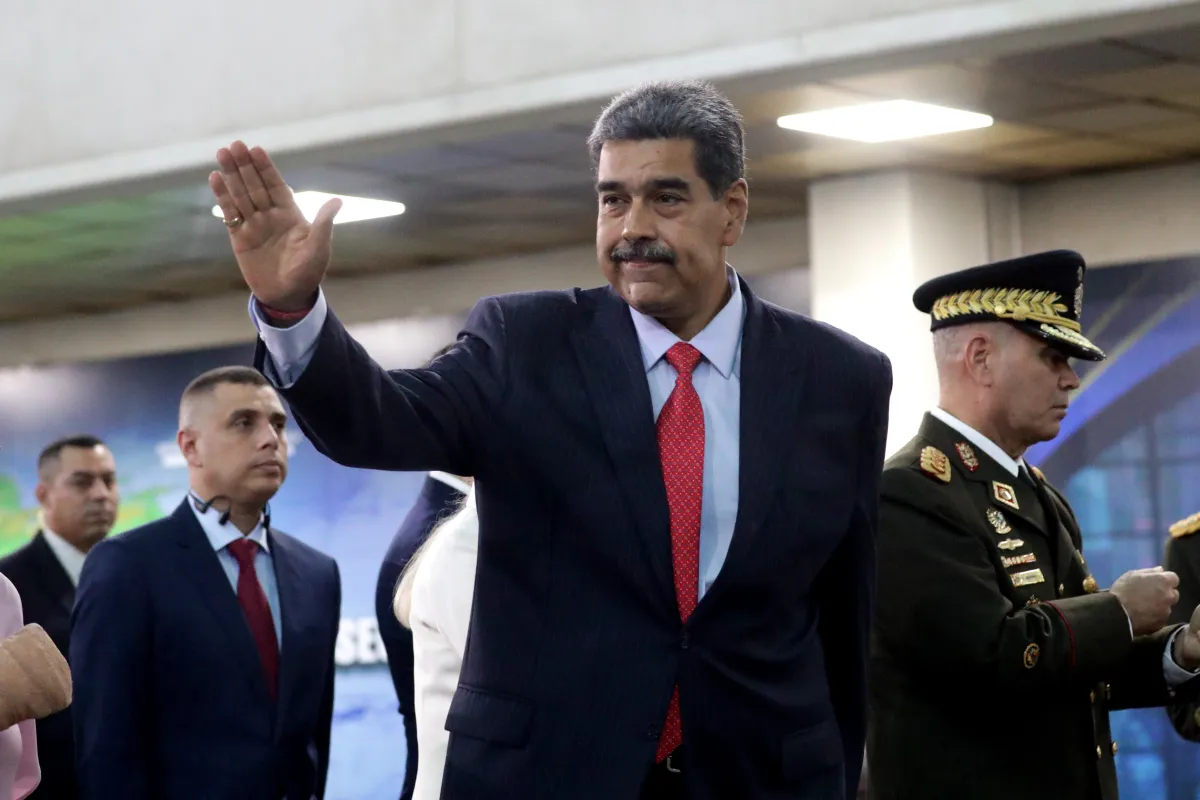
The Colombian government stated on Thursday that it would have no reason to reject a potential asylum request from Venezuelan President Nicolás Maduro should he leave office, as regional tensions persist over the deployment of U.S. military forces in the Caribbean since August.
“In the current climate of tension, negotiations are necessary, and if the United States demands a transition or political change, that is something to be assessed. If such a transition results in him (Maduro) needing to live elsewhere or seek protection, Colombia would have no reason to deny it,” said Colombian Foreign Minister Rosa Villavicencio in an interview with Caracol Radio.
However, Villavicencio noted that it is unlikely Maduro would choose Colombia as a refuge. “I believe he would opt for someplace more distant and calmer,” she added.
Colombian President Gustavo Petro also commented on Venezuela’s situation on Wednesday, arguing that the country needs a “democratic revolution” rather than “inefficient repression.” His remarks followed the recent detention and passport cancellation of Cardinal Baltazar Porras at the Caracas airport.
“The Maduro government must understand that responding to external aggression requires more than military preparations; it requires a democratic revolution. A country is defended with more democracy, not more inefficient repression,” Petro wrote on X (formerly Twitter), in a rare public criticism of the Venezuelan leader.
Petro also called for a general amnesty for political opponents and reiterated his call for forming a broad transitional government to address Venezuela’s prolonged crisis.
Since September, U.S. military forces have destroyed more than 20 vessels allegedly carrying drugs in Caribbean and Pacific waters near Venezuela and Colombia, resulting in over 80 deaths.
U.S. President Donald Trump has repeatedly warned that attacks “inside Venezuela” will begin “soon,” while Maduro has urged Venezuelans to prepare for what he describes as an impending external aggression.
-
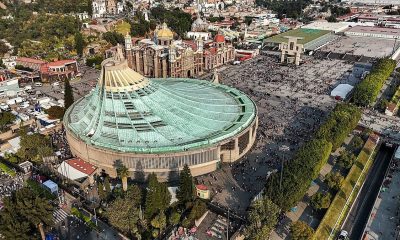
 International5 days ago
International5 days agoMexico City prepares for 13 million pilgrims at Basilica of Guadalupe
-
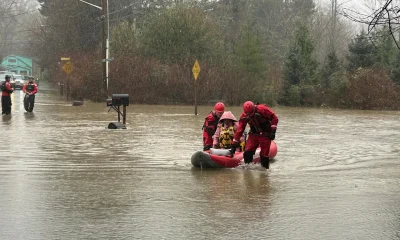
 International4 days ago
International4 days agoWashington declares State of Emergency as atmospheric river brings severe flooding
-

 International4 days ago
International4 days agoU.S. to require five-year social media history from tourists under Visa Waiver Program
-

 Central America5 days ago
Central America5 days agoHonduras’ electoral chief reports ongoing technical issues but says results remain intact
-

 Central America5 days ago
Central America5 days agoU.S. accuses Ortega regime of systematic human rights abuses in Nicaragua
-

 Central America5 days ago
Central America5 days agoU.S. finds no evidence of fraud in Honduras election despite delays
-

 International3 days ago
International3 days agoCuba battles out-of-control dengue and chikungunya epidemic as death toll rises to 44
-

 Central America4 days ago
Central America4 days agoOAS and EU urge honduran political actors to respect vote results and avoid unrest
-

 Central America3 days ago
Central America3 days agoHonduras election crisis deepens as CNE president denounces intimidation attempts
-
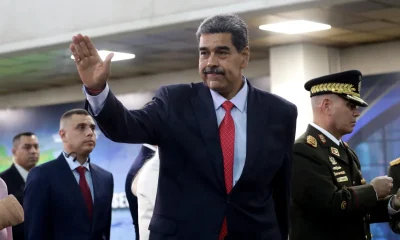
 International3 days ago
International3 days agoColombia says it would not reject Maduro asylum request as regional tensions escalate
-
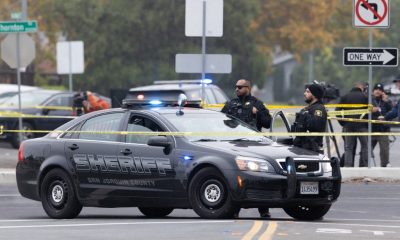
 International1 day ago
International1 day agoSeveral people shot in attack on Brown University campus
-
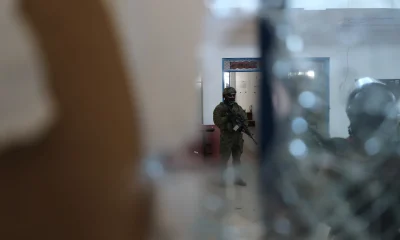
 International3 days ago
International3 days agoEcuador on track for record violence as homicides hit highest level in Latin America again
-

 International4 days ago
International4 days agoSix ecuadorian soldiers jailed pending trial for alleged extrajudicial execution
-
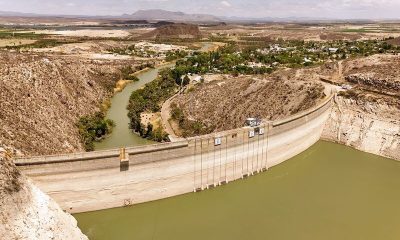
 International1 day ago
International1 day agoU.S. and Mexico Reach Deal to Address Water Deficit Under 1944 Treaty
-

 Central America26 minutes ago
Central America26 minutes agoPanama seizes over three tons of drugs hidden in Caribbean port container


























